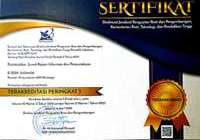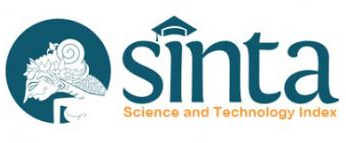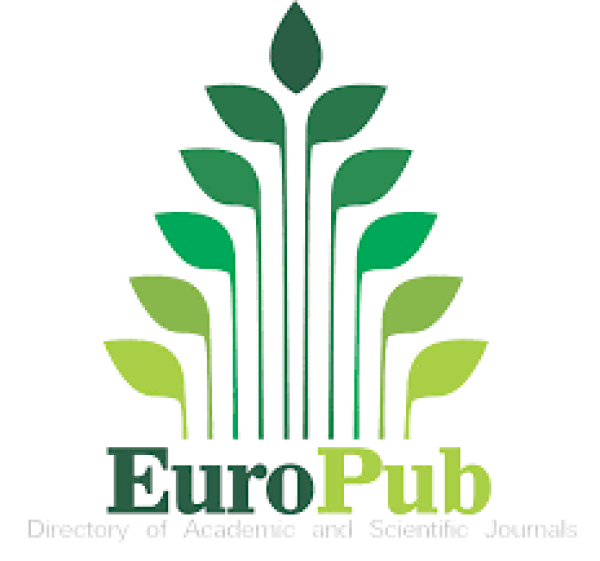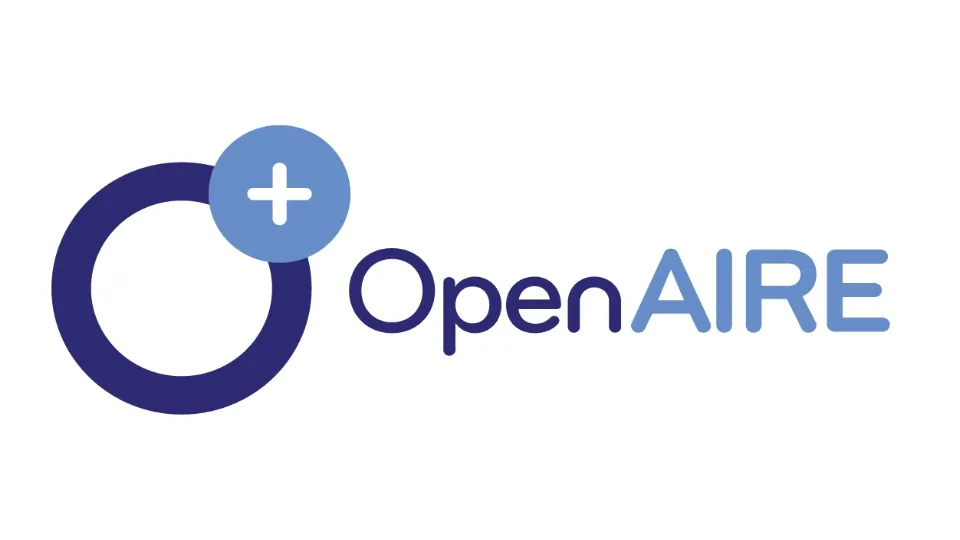NFT (Non-Fungible Token): Masa Depan Arsip Digital? Atau Hanya Sekedar Buble?
DOI:
https://doi.org/10.21154/pustakaloka.v13i2.3289Keywords:
Non-Fungible Token, Blockchain, Arsip Digital, Objek Digital, Rekod ElektronikAbstract
Arsip digital memiliki karakteristik mudah disalin, sehingga selama ini sulit atau bahkan tidak mungkin menjual karya dalam bentuk digital layaknya menjual karya, lukis misalnya, dalam bentuk konvensional. Perkembangan blockchain dan mata uang kripto kini menjadikan hal tersebut menjadi mungkin. NFT(non-fungible token) memungkinkan arsip digital dijual melalui jaringan blockchain. Artikel ini membahas bagaimana konsep dan cara kerja NFT dan kaitannya dengan dunia kearsipan. Adapun metodologi yang digunakan adalah dengan studi literatur dan observasi, dikarenakan isu NFT pada dunia arsip masih sangat terbatas dibahas. Diketahui terdapat beberapa peluang penggunaan NFT dalam pengelolaan arsip, seperti penggunaan sertifikat kepemilikan berupa kumpulan kode yang dijalankan pada platform blockchain yang pada aplikasinya bisa diterapkan diberbagai aspek dan bidang kehidupan. Selain itu juga NFT membuka peluang usaha bagi pegiat karya digital. Namun demikian, ditemukan pula beberapa hambatan atau kesulitan yang mungkin menjadikan NFT bukan solusi yang berkelanjutan karena butuhnya tenaga komputasi dan listrik yang besar serta nilainya yang sangat volatil.
References
Cascone, S. (2021a). Here Are the 10 Most Expensive NFT Artworks, From Beeple’s $69 Million Opus to an 18-Year-Old’s $500,000 Vampire Queen. Artnet News.
Cascone, S. (2021b). ”˜It’s Whiplash’: After a Record-Setting Run, NFT Artwork Prices Have Plummeted Nearly 70 Percent in Four Weeks. Artnet News. https://news.artnet.com/market/nft-market-1957770
Coggan, G. (2021). Confused about NFTs? Here’s all you need to know. Creativebloq. https://www.creativebloq.com/features/what-are-nfts
Dean, S. (2021). $69 million for digital art? The NFT craze, explained. Los Angeles Times.
Entriken, W., Shirley, D., Evans, J., & Sachs, N. (2018). EIP-721: ERC-721 Non-Fungible Token Standard. Ethereum Improvement Proposals.
Gallagher, J. (2021). NFTs Are the Biggest Internet Craze. Do They Work for Sneakers? The Wall Street Journal.
Gornstein, L. (2021). What is an NFT? The trendy Blockchain Technology Explained. CBS News.
Gupta, M. (2018). Blockchain for Dummies (2nd IBM Li). John Wiley & Sons.
Hutauruk, D. M. (2021). Mengoleksi aset NFT di ranah seni digital wajib hati-hati. Investasi Kontan. https://investasi.kontan.co.id/news/mengoleksi-aset-nft-di-ranah-seni-digital-wajib-hati-hati?page=1
Laurence, T. (2017). Blockchain for Dummies. John Wiley & Sons.
Lemieux, V. L. (2018). Blockchain Technology for Recordkeeping Help or Hype ? Blockchain Technology for Recordkeeping (Vol. 1).
Nazir, M. (2003). Metode Penelitian. PT Ghalia.
Newitz, A. (2021). Who wants to be an animated gif millionaire? New Scientist, 249(3326), 24. https://doi.org/https://doi.org/10.1016/S0262-4079(21)00467-X
Stoll, C., Klaaßen, L., & Gallersdörfer, U. (2019). The Carbon Footprint of Bitcoin. Joule, 3(7), 1647”“1661. https://doi.org/https://doi.org/10.1016/j.joule.2019.05.012
Downloads
Published
Issue
Section
License
Requirements to be met by the author as follows:
- Author storing copyright and grant the journal right of first publication manuscripts simultaneously with licensed under the Creative Commons Attribution License that allows others to share the work with a statement of the work's authorship and initial publication in this journal.
Authors can enter into the preparation of additional contractual separately for non-exclusive distribution of a rich version of the journal issue (eg: post it to an institutional repository or publish it in a book), with the recognition of initial publication in this journal.
Authors are allowed and encouraged to post their work online (eg, in institutional repositories or on their website) prior to and during the submission process, because it can lead to productive exchanges, as well as citations earlier and more severe than published works. (see The Effect of Open Access).















